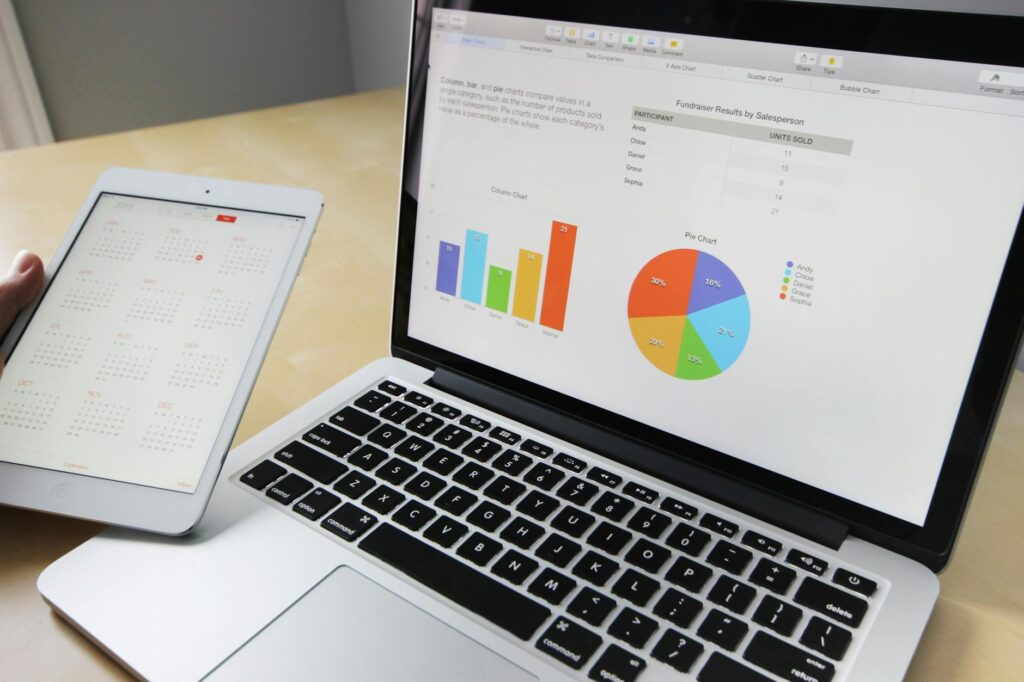What is productivity analytics?

What is productivity analytics?
In today’s fast-paced work environment, understanding how we spend our time can be a game-changer for both personal and organizational success. That’s where productivity analytics comes into play. This powerful tool helps us sift through our daily activities, revealing insights that can enhance individual efficiency and boost overall performance. By analyzing our productivity, we can make informed decisions that lead to personal development and better time management.
Understanding Productivity Analytics
Productivity analytics is the systematic examination of data related to work processes to evaluate performance. Unlike general productivity measurement, which may simply look at outputs versus inputs, productivity analytics digs deeper. It assesses aspects like time spent on tasks, the rate of task completion, and the efficiency of workflows. This data-driven approach allows individuals and teams to understand their working habits comprehensively.
With productivity analytics, you’re not just looking at whether you’re busy; you’re analyzing how effective that busyness is. For instance, you may discover that while you’re spending hours on a project, the actual value produced is minimal. This realization can prompt a reassessment of strategies, leading to smarter work habits.
Key Components of Productivity Analytics
Several crucial metrics and data points are commonly analyzed within productivity analytics:
-
Time Tracking: Understanding how much time is spent on various activities helps identify where inefficiencies exist. Tools like time trackers can provide insights into where time is wasted.
-
Task Completion Rates: Knowing how many assignments are finished on time versus how many are delayed can provide a clearer picture of productivity levels.
-
Workflow Efficiency: Analyzing how tasks flow from one stage to the next helps identify bottlenecks in processes. This insight can lead to improved workflows that streamline operations.
By focusing on these components, individuals and organizations can gain a clearer understanding of productivity dynamics.
Tools for Productivity Analytics
Implementing productivity analytics requires the right tools. Here are some popular options to consider:
-
ActivTrak: This tool offers real-time monitoring of employee productivity and insights into how time is spent on various tasks. It’s an excellent choice for organizations looking to optimize their workflows. Learn more about ActivTrak’s benefits.
-
Trello: While primarily a project management tool, Trello provides analytics on task completion and team workload. This can help teams gauge their productivity levels.
-
RescueTime: This software tracks the time spent on applications and websites, providing insights into daily habits. It’s particularly useful for individuals wanting to improve their personal productivity.
-
Flowtrace: This offers detailed insights into team workflows, helping organizations understand their processes better. For a deeper look into productivity analytics, check out Flowtrace’s productivity tool insights.
With these tools, you can begin your journey to better productivity analytics.
Benefits of Implementing Productivity Analytics
Implementing productivity analytics comes with numerous advantages, including improved work-life balance, enhanced efficiency, and personal development opportunities.
Enhancing Time Management
One of the most significant benefits of productivity analytics is its ability to identify time-wasting activities. By analyzing your daily routines, you can pinpoint tasks that consume excessive time without yielding substantial results. For instance, maybe you discover that countless hours are spent on unnecessary meetings or prolonged email threads. By recognizing these inefficiencies, you can prioritize tasks that align more closely with your goals.
Boosting Team Performance
For organizations, productivity analytics can enhance team collaboration and output. By analyzing team workflows, leaders can identify areas for improvement and create an environment that fosters productivity. This could mean redefining roles, adjusting workloads, or investing in training programs tailored to improve specific skills. When teams understand how to work more effectively together, the overall output can significantly increase.
Challenges in Productivity Analytics
While the benefits are clear, there are also common obstacles to implementing productivity analytics.
One major challenge is data privacy concerns. Employees may feel uneasy about being monitored, leading to resistance against analytics tools. It’s essential to foster a culture of trust and transparency when introducing these practices.
Overcoming Implementation Hurdles
To effectively integrate productivity analytics into daily routines, consider these tips:
-
Communicate Clearly: Ensure that all team members understand the purpose of the analytics and how it benefits them. Transparency can alleviate concerns.
-
Start Small: Begin with one or two key metrics, gradually expanding as your team becomes more comfortable with the analytics process.
-
Encourage Feedback: Create an open channel for team members to express their thoughts on the analytics tools and processes. This can lead to improvements and foster a sense of ownership.
By addressing these challenges head-on, you can create a more productive and collaborative work environment.
Future Trends in Productivity Analytics
As technology continues to advance, so does the field of productivity analytics. The integration of AI and machine learning is set to revolutionize how we analyze productivity. These technologies will enable deeper insights, allowing for more accurate predictions of productivity trends and potential issues.
Imagine having a tool that not only tracks your time but also suggests optimal work patterns based on your habits. This could lead to revolutionary changes in how we approach work, making productivity analytics even more essential in the coming years.
Conclusion
Productivity analytics is not just a buzzword; it’s a vital tool for anyone looking to improve personal and organizational efficiency. By understanding and implementing productivity analytics, you can transform your approach to work, leading to better time management, enhanced team performance, and a more fulfilling work-life balance. As you consider adopting these practices, remember that the goal is to empower yourself and your team to achieve more with less effort. Embrace the journey of productivity analytics and watch your productivity soar!

Photo by Pixabay